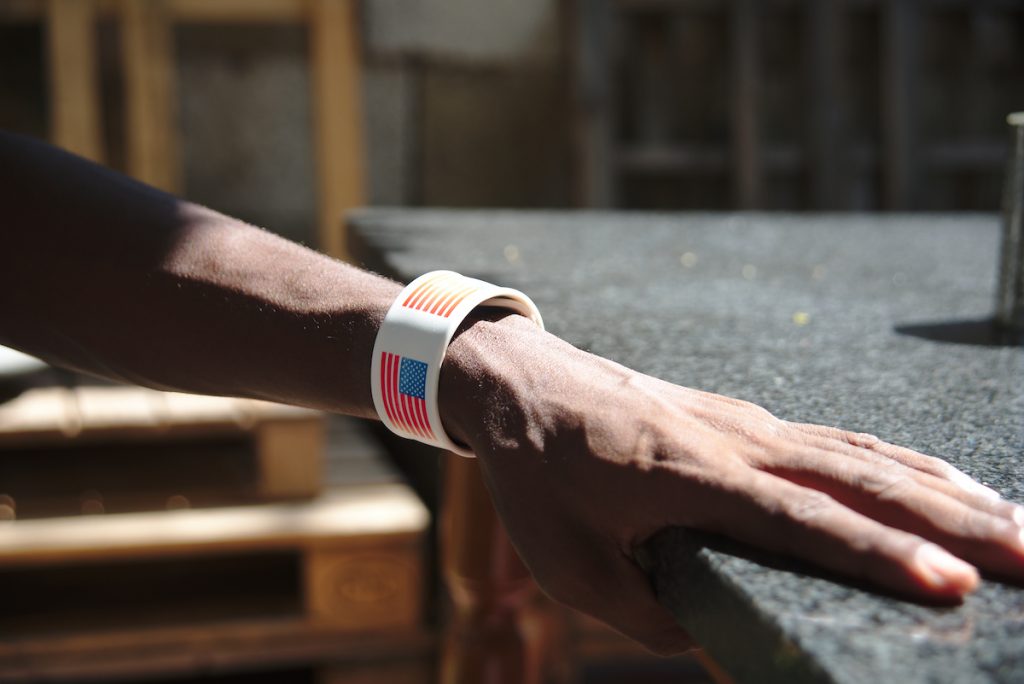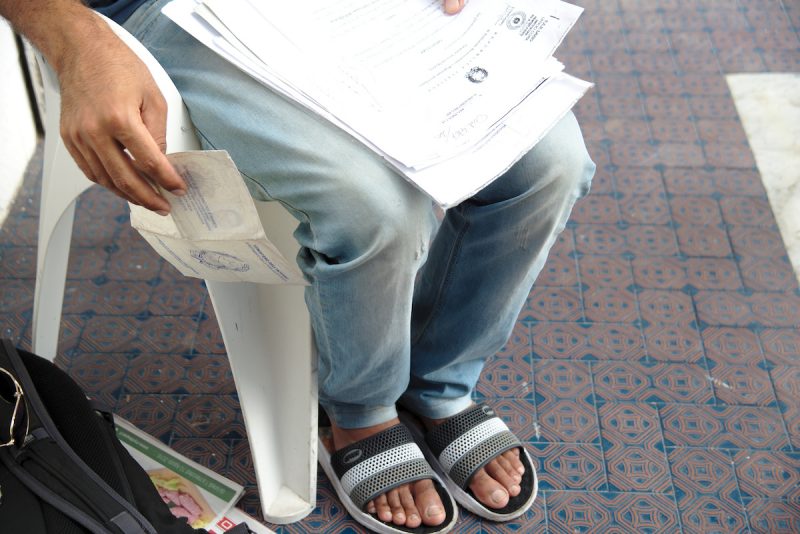
Working on a documentary photographic project about hate crimes towards refugees and asylum seekers in Europe, I have become intensely aware of an ongoing and systematic use of psychological violence and invisible layers of racism. These nuanced forms of abuse reflect the mechanism of a bureaucracy that keeps many in limbo under the shadows of psychological and physical oppression, delineating forms of control that comprehend geopolitical, social, bureaucratic and security choices.
The political and media campaigns that portray most refugees at best, as merely seekers of better prospects in life, or at worst, as secret terrorists, have suppressed their reasons for their escape and obscured their need for appropriate aid and integration. Refugees and asylum seekers reach Europe’s shores suffering from severe trauma yet are hardly given adequate mental health care and protection.
The rise of far right populism in Europe is only exacerbating the violence towards refugees, with many pointing to their arrival as the primary cause for economic and security problems. Anti-terrorism and immigration control strategies seem to fuel and shape the heightened power of policing, granting increasing power to security personnel. This manifests in the use of brutal force at borders and in informal camps, increased numbers of forced deportations, and the construction of fifty-five walls in Europe.
The reception and pre-identification process is handled by Frontex and police officers, who reportedly have been recording refugees as economic migrants so that they are prevented from proceeding with an asylum applications. And there is no one they can turn to. It is becoming more common to use deferred expulsion orders—given mainly to people from West African countries—to resettle and deport refugees outside of Europe. This is leading to a growing sense that there is a working interconnection between the criminal justice and immigration systems. These conditions contribute to the psychological exhaustion and abuse of refugees and migrants.

Those who can stay are subject to the geopolitical calculations that place the ‘unwanted’ at the margins of societies, as refugee camps and centres are increasingly positioned in remote areas. Beyond the reminder that they are not meant to be included in society, refugees are faced with an even greater practical difficulty of integration.
Adding to the psychological and physical toll is in the criminalization of seeking asylum. For many, and in particular, African refugees, the experience of detention is an unfathomable reality. Many have shared their constant fear of being picked up by the police, detained, or beaten up by a far right group. It is rather difficult to untangle policing and racism as they are amalgamated into the fabric of political manoeuvres and expressed through intimidation and marginalisation, obstructing them from proper integration .
It is rather hard to target policing and racism as it is amalgamated into the fabric of political manoeuvres and often expressed through intimidation and marginalisation. It is a language that speaks of not acceptance that, for many, even after years in a country, it obstructs them from proper integration
Working in Greece, Italy and Iceland, I have been constantly reminded that physical violence is only a fraction of the stress and psychological abuse that many refugees and asylum seekers are subjected to. Inside the confines of the European border regimes, the increasing ‘ghettoization’ of refugee communities is further entrenching their otherness. The strengthening borders serve not only to exclude and control those on outside, but also to discipline those inside with psychological intimidation and policing. Physical locks on any refugee centre only reinforce the bureaucratic barriers that immobilise the asylum seeker. Until a decision is taken on an individual case, there is no place they could go, living in the grey areas of what they can and cannot do, who they can and cannot be.